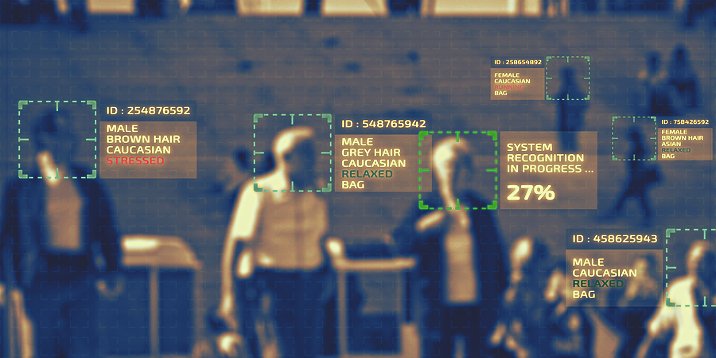
China is rapidly introducing a system of algorithmic citizen surveillance. The Stanford University’s researcher Anna Mitchell writes about this in an article for the US defense publication «DefenseOne»
“Imagine a society where the governments assign reliability ratings to citizens. Your "citizen rating" always accompanies you. A high ranking allows you to access faster internet and faster visas to Europe. However, if you post messages on the Internet that contradict the government's current position your rating is lowered. To determine the rating private companies work with the government to analyze data from social networks and stores. The government is collecting a lot of information through video cameras on the streets. If you commit a crime or cross the street face recognition algorithms identify you through a national identification database”. Approximately such Chinese future has described the researcher in her article. And not in the far future but already in a couple of years.
The Chinese Communist Government is currently developing a "citizen rating" to encourage "good" behavior. A large-scale network of cameras will constantly monitor citizen’s movements to reduce crime and terrorism.
The Golden Shield Project of China is already in place mainly aimed at filtering information from the Internet and as a result, the population has limited access to foreign sites such as Google, Facebook, The New York Times, etc. The level of Internet freedom in China is the worst in the world according to Freedom House.
Such a system of social ratings is only a part of algorithmic supervision, the researcher said. Another element is the increase in the number of surveillance cameras that allow you to track a person's physical movements. In 2015 China's national police called for the creation of a "ubiquitous, fully integrated and fully controlled" national surveillance network using face recognition technology and a video camera network, the paper said.
Now according to IHS Markit, the number of surveillance cameras in China is 176 million. Another 450 million are planned to be installed by 2020. So almost all public places and transport will be under video surveillance and special services using the face recognition program can track the route of each person they want.
It is stated that the purpose of this system is to combat crime but human rights defenders and activists are concerned about the possible use of this system for repression. Such repressive technologies may spread from China to other authoritarian countries, the researcher warns.
The recognition system is already much ahead of the human eye and we can not ignore this…